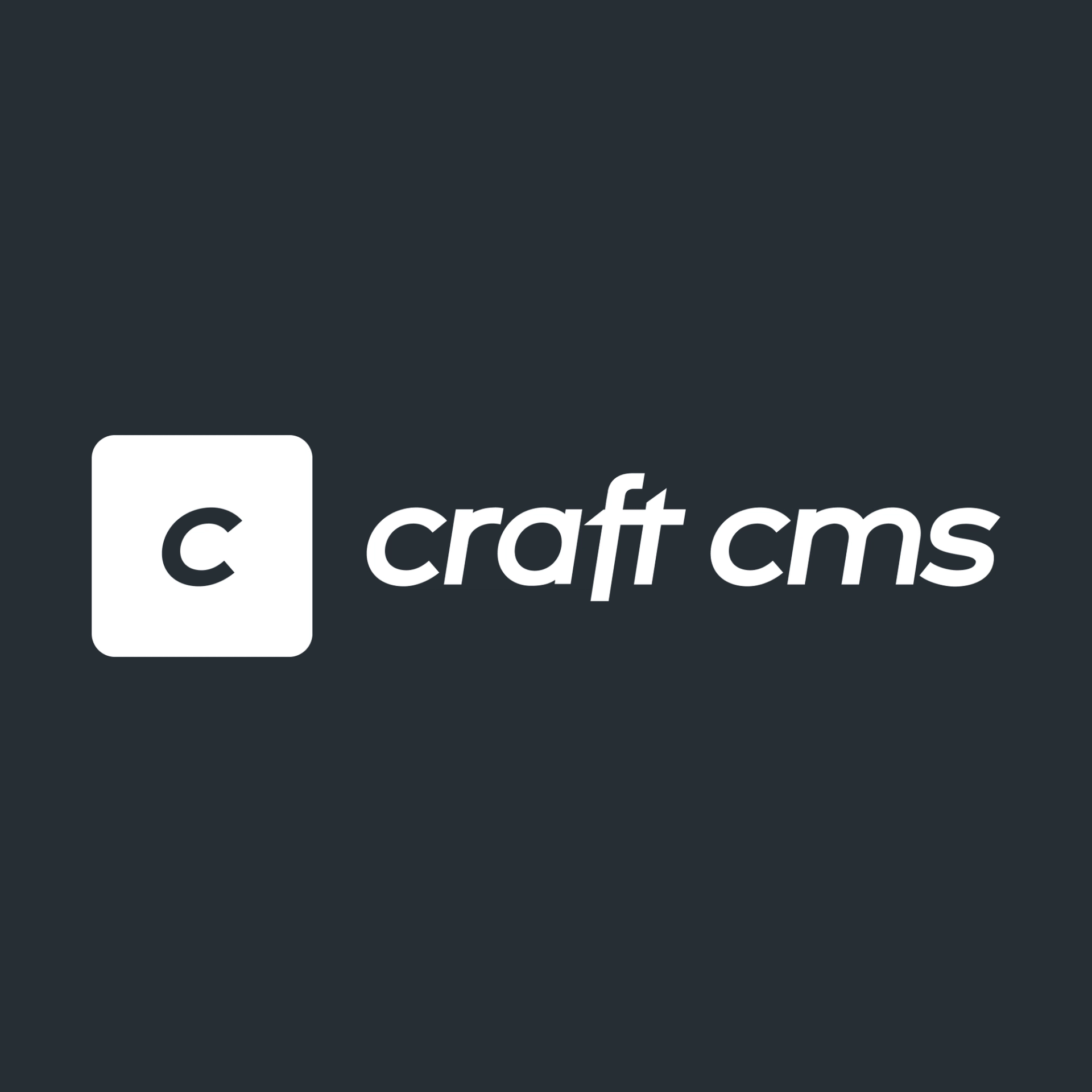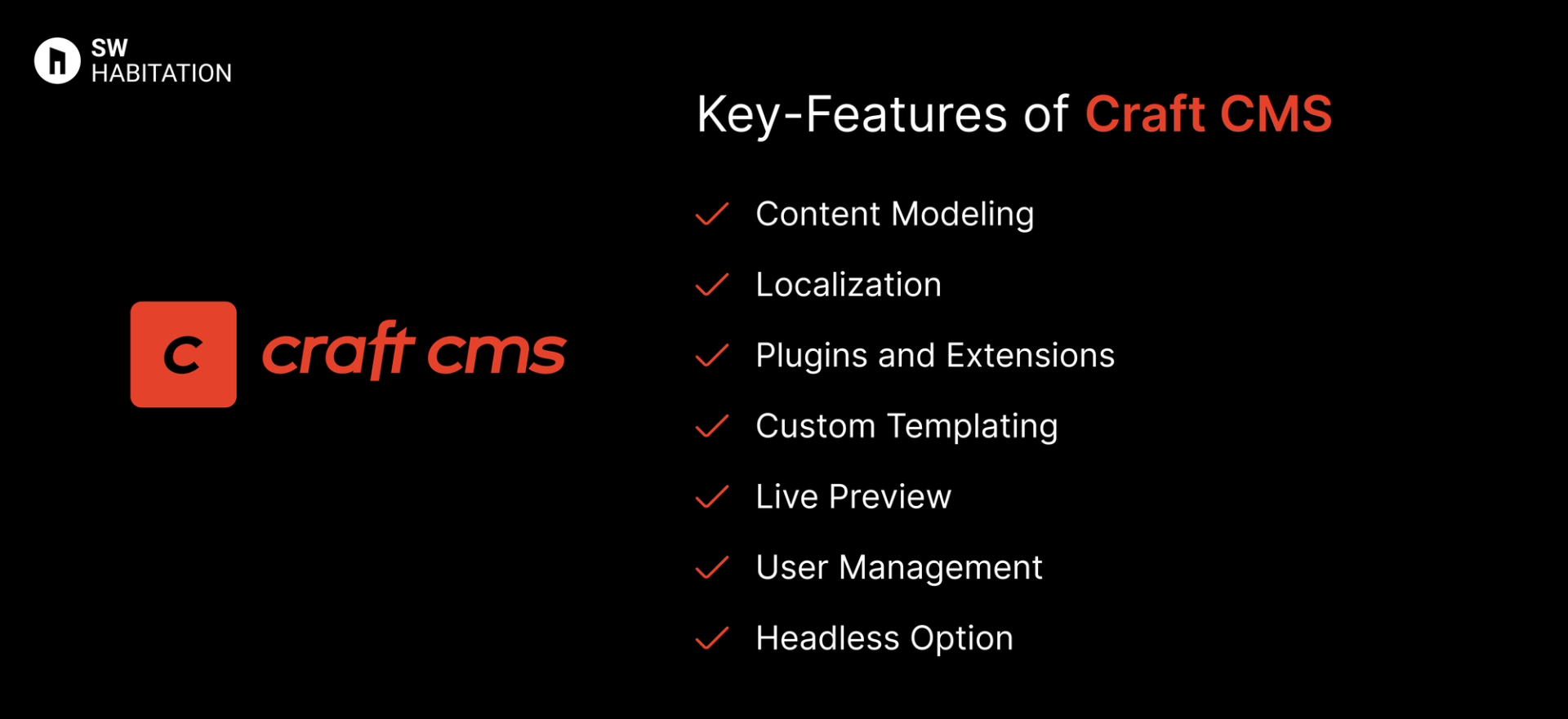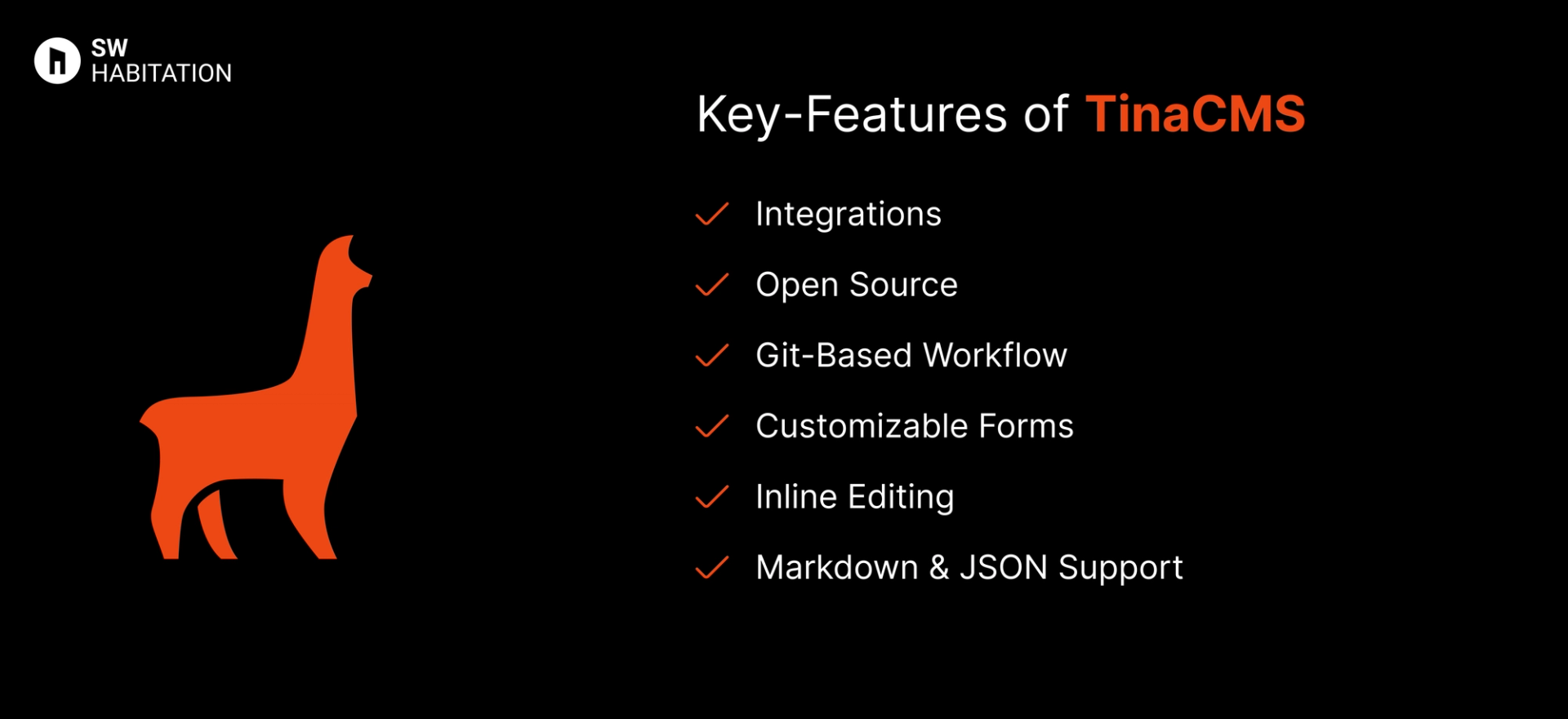Craft CMS vs. TinaCMS

Craft CMS

TinaCMS
You know, when you wanna make a website or a blog but don’t wanna mess with too much code? That’s where a CMS (Content Management System) comes in. It’s like a super easy tool that helps you add text, pictures, and videos to your site without needing to be a tech genius. You just log in, click a few buttons, and your content is live. It's quite simple, right?
What is Craft CMS?
Craft CMS is a content-first CMS that gives developers complete control over their content structure and front-end design.
Unlike traditional CMS platforms that come with pre-built templates, Craft takes a more hands-on approach, you can build everything from scratch, making it super customisable.
Key Features of Craft CMS


- Content Modeling: Structure your content however you like with fields and relationships.
- Localization: Native support for multi-language content.
- Plugins and Extensions: Expand functionality with a rich plugin ecosystem.
- Custom Templating: Use Twig, a simple templating language, for front-end.
- Live Preview: See changes in real time before publishing.
- User Management: Manage user roles and permissions easily.
- Headless Option: Use Craft as a headless CMS with GraphQL or REST APIs.
Advantages of Craft CMS
- Highly Customizable: Total control over your content structure and front-end.
- Active Community: Plenty of plugins and community support.
- Scalable: Handles both small projects and large, complex sites.
- Great Developer Experience: Clean code, easy templating, and robust documentation.
- Built-in Localization: Native support for multilingual sites.
Disadvantages of Craft CMS
- Setup Time: It takes longer to set up compared to plug-&-play CMS options.
- Not Beginner-Friendly: It requires some coding knowledge.
- Paid License: No free tier, you’ll need a license to use it.
What is TinaCMS?
TinaCMS is an open-source, Git-backed CMS that brings real-time editing to the forefront. It integrates directly into your site’s codebase, allowing content editors to make changes and see them live instantly. Think of it as giving your content team superpowers they can twist content without diving into code, while developers still enjoy full control over the project.
It’s especially popular in the Jamstack ecosystem, working well with static site generators like Next.js, Hugo, and Gatsby.
Key Features of TinaCMS


- Integrations: Works with Next.js, Gatsby, and other static site generators.
- Open Source: Free and community-driven, with no vendor lock-in.
- Git-Based Workflow: Content is stored in your Git repository, making version control simple.
- Customizable Forms: Easily create forms for content editing.
- Inline Editing: Make changes directly on the page and see them live instantly.
- Markdown & JSON Support: Works seamlessly with markdown and JSON-based content.
Advantages of TinaCMS
- Customizable: Adapt it to fit your project’s structure and needs. Free & Open Source: No hidden fees use it as you like.
- Jamstack-Friendly: Works beautifully with static site generators.
- Git Integration: Content is version-controlled with Git.
- Real-Time Editing: See changes instantly while editing.
Disadvantages of TinaCMS
- Limited Ecosystem: Smaller plugin ecosystem compared to more established CMS options.
- Git Knowledge: Editors might need a basic understanding of Git workflows.
- Developer Setup Required: Needs developer setup initially.
Comparison Between Craft CMS vs TinaCMS
Use Cases of Craft CMS
- Custom Websites: When you need total control over your front-end design.
- Headless Implementations: Use Craft’s APIs to serve content anywhere.
- Complex Content Structures: Projects that require complex content relationships.
- Agencies and Freelancers: Ideal for building unique, high-performance websites.
Use Cases of TinaCMS
- Markdown Blogs: Perfect for blogs or documentation sites using markdown.
- Developer-Centric Workflows: Ideal for teams that use Git for content management.
- Real-Time Editing: Great when you want instant content updates.
- Jamstack Projects: Ideal for static site generators like Next.js and Gatsby.
Other Resources
Conclusion
Headless CMS platforms make managing your website very simple and easy. Whether you’re running a blog, online store, or business, they handle the tough stuff so you can focus on your content.
With a user-friendly interface and the ability to work with any technology, you can create a site that really fits your needs.
These platforms are flexible, secure, and can grow with you. They offer features like custom content, easy editing, and integrations with other tools. Choose the one that fits your requirements and start building your dream website today 🚀
Frequently asked questions
What is Craft CMS used for?
It’s used for creating custom websites where you need full control over the design and content.
Is craft cms beginner-friendly?
It’s a bit more technical than some other CMSs, so it’s ideal if you’re comfortable with web development.
Can I use Craft CMS with React or Next.js?
Yes, but you’ll need to set up an API to make it work smoothly with frontend frameworks.
Is Craft CMS free?
No, but it offers a one-time license fee, which can be more affordable for long-term projects.
Does craft-cms offer built-in SEO tools?
Not out of the box, but you can add plugins for SEO features.
Is TinaCMS good for non-tech users?
While TinaCMS is developer-friendly, content editors will also love its intuitive, in-context editing experience. With some initial setup, non-technical users can easily manage their content.
Can I self-host TinaCMS or use the cloud?
You can self-host TinaCMS, which gives you full control over your content management system, or you can opt for the cloud version for convenience and reduced setup time.
Can I use TinaCMS with Next.js?
Yes, TinaCMS is fully compatible with Next.js and can also be used with other modern JavaScript frameworks. It's particularly great when working with static sites.
Does TinaCMS support Markdown?
Yes, TinaCMS is Markdown-centric and integrates seamlessly with your existing markdown files. You can edit content directly in your Git repository or via the in-line editor.
